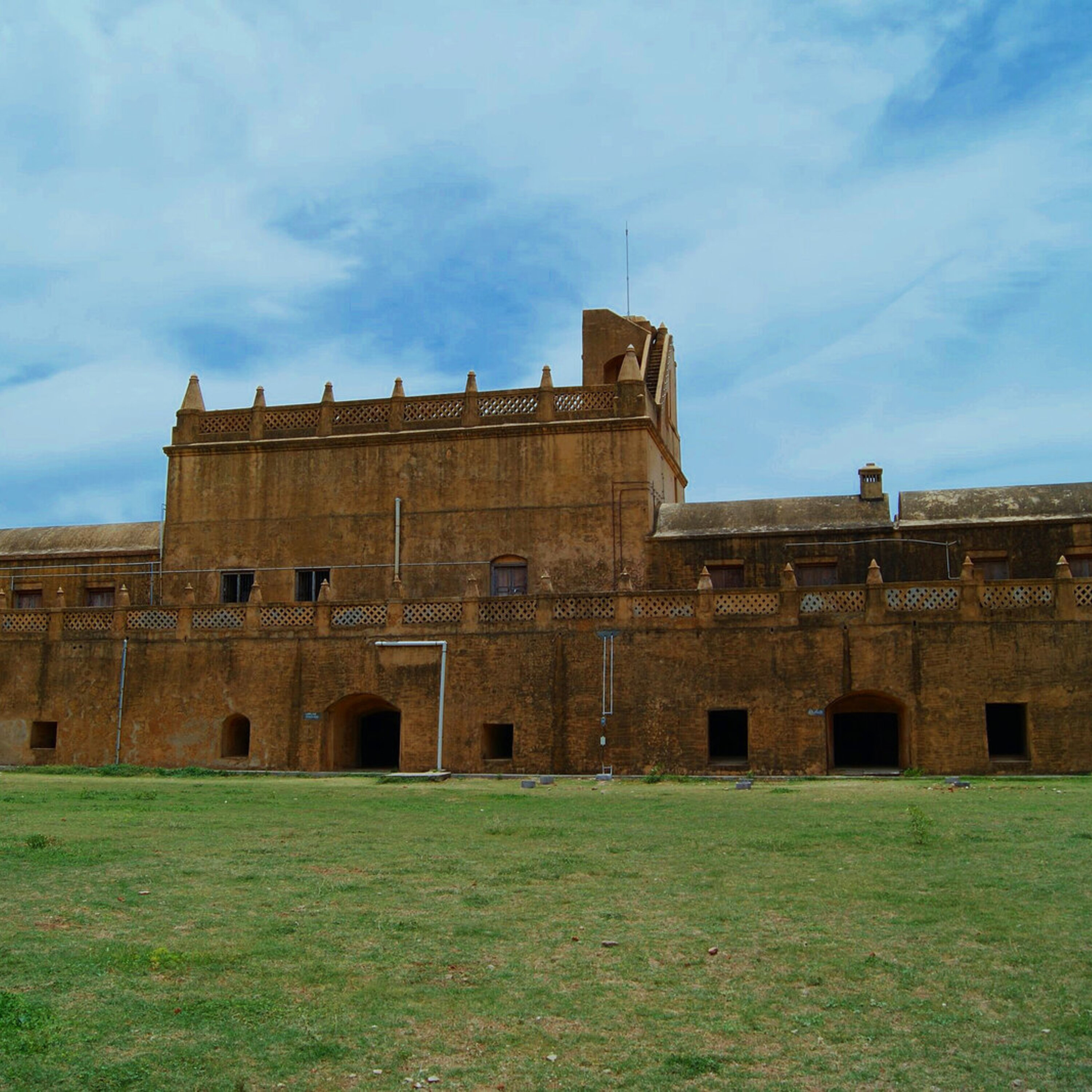- Culture
- SEE MORE
- classical
- general
- talk
- News
- Family
- Bürgerfunk
- pop
- Islam
- soul
- jazz
- Comedy
- humor
- wissenschaft
- opera
- baroque
- gesellschaft
- theater
- Local
- alternative
- electro
- rock
- rap
- lifestyle
- Music
- como
- RNE
- ballads
- greek
- Buddhism
- deportes
- christian
- Technology
- piano
- djs
- Dance
- dutch
- flamenco
- social
- hope
- christian rock
- academia
- afrique
- Business
- musique
- ελληνική-μουσική
- religion
- World radio
- Zarzuela
- travel
- World
- NFL
- media
- Art
- public
- Sports
- Gospel
- st.
- baptist
- Leisure
- Kids & Family
- musical
- club
- Health & Fitness
- True Crime
- Fiction
- children
- Society & Culture
- TV & Film
- gold
- kunst
- música
- gay
- Natural
- a
- francais
- bach
- economics
- kultur
- evangelical
- tech
- Opinion
- Government
- gaming
- College
- technik
- History
- Jesus
- Health
- movies
- radio
- services
- Church
- podcast
- Education
- international
- Transportation
- Other
- kids
- podcasts
- philadelphia
- Noticias
- love
- sport
- Salud
- film
- and
- 4chan
- Disco
- Stories
- fashion
- Arts
- interviews
- hardstyle
- entertainment
- humour
- medieval
- literature
- alma
- Cultura
- video
- TV
- Science
- en
085: Colonialism in India - Part 4: Dano-Norwegian Occupation of India

The Danish-Norwegian occupation of India is not as significant in comparison with many of the other colonial empires because they did not pose any military or trading threats. They were never able to capitalise and monopolise on their trade routes like the British, the French or the Portuguese.
First Danish East India Company
Danish India was the name given to Danish-Norwegian colonies in India.
The Danish used to trade with India before the Portuguese drove them off.
Their empire survived for over 200 years in India.
They established bases in Tharangambadi in Tamil Nadu, Serampore in West Bengal, and the Nicobar Islands.
They were able to hold on to their posts in India because they created their own niche in the trade so there was no conflict between the other empires.
But as always, the British finally took the Danish occupied regions in the 19th century (1839, 1845, 1868 to be exact).
Christian IV on 17 March 1616, ordered the creation of the Danish East India Company for managing trade with Asia for the next 12 years.
But the project took another 2 years to launch as they were not able to secure finances right away. (Dutch assistance to trade with Sri Lanka)
The first expedition to Asia took place in 1618 under the leadership of Admiral Ove Gjedde.
The crew took two years (May 1620) to reach Ceylon (present-day Sri Lanka) and lost more than half its crew.
They had to occupy Koneswaram Temple as the Emperor no longer wanted to trade with anyone other than the Portuguese due to the peace treaty they signed in between.
Their trade director, Robert Crappe had already set sail to Asia a month before the main voyage started.
Their ship was sunk near Karaikal with most of the crew killed and two were placed on the beach on spikes by the Portuguese as a warning to the Danish.
Crappe and 13 other crew members who escaped were captured by native Indian and taken to the leader of Thanjavur.
The leader was interested in trading opportunities and let the Danish set up their base in Tharangambadi, building Fort Dansborg on 20 November 1620.
1621-1650
The colony faced a lot of issues due to this time. From administration to investment and loss of two-thirds of trading vessels, things looked bleak. The geographical location of the colony resulted in high tides resulting in the destruction of everything they built. The dire financial situation forced them to directly conduct business.
1625 a factory established in Masulipatnam (major hub)
Mini hubs in Pipli and Balasore
They still were under poor financial conditions and had only three ships left
Tensions began building up as they could not pay the local leader
The British and the Dutch also wanted them out but did not do anything as it would complicate their relationships in mainland Europe.
They try to sell Fort Dansborg to the Dutch in 1640
Go to war against the Mughals in 1642, capture one of their ships in the Bay of Bengal and make it theirs naming it Bengali Prize.
In 1643, the Dutch and Sweden declared war on Denmark. The Danish holdings profit decreases drastically under the Dutch and the leader sends his band to raid Tranquebar.
Christian IV, the King, dies and the company goes bankrupt.
Two years after Christian IV’s death Frederick II, his son, abolished the company.
Though abolished, the colony remained a royal property of the Danes and it was held by a garrison unaware of the developments back home. But over the years, the number of Danes decreased and it was hired by the Portuguese. It was later taken back by Eskild Anderson Kongsbakke (the only remaining Dane in Tranquebar) in 1665 and he defended it from everyone. He kept on seizing ships in the Bay of Bengal and built a wall and finally negotiated with the local leaders. This news prompted the King to send another vessel captained by Captain Sivardt Adelaer, to confirm the coming back of the colony in India again after 19 years of isolation.
Second Danish East India Company (1672-1732)
With
See omnystudio.com/listener for privacy information.